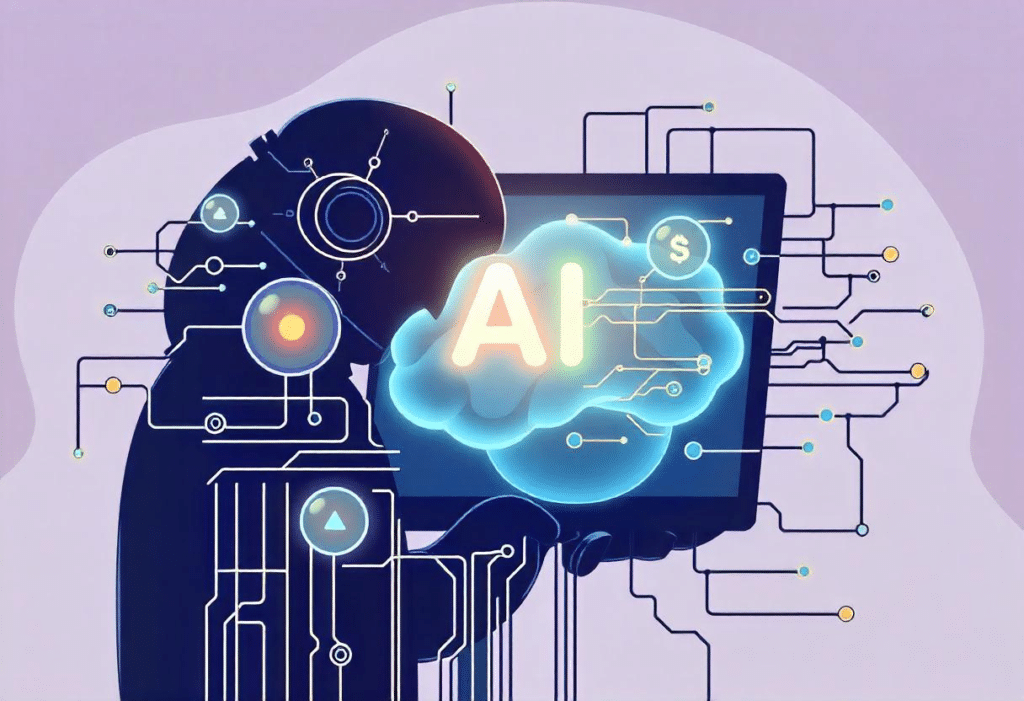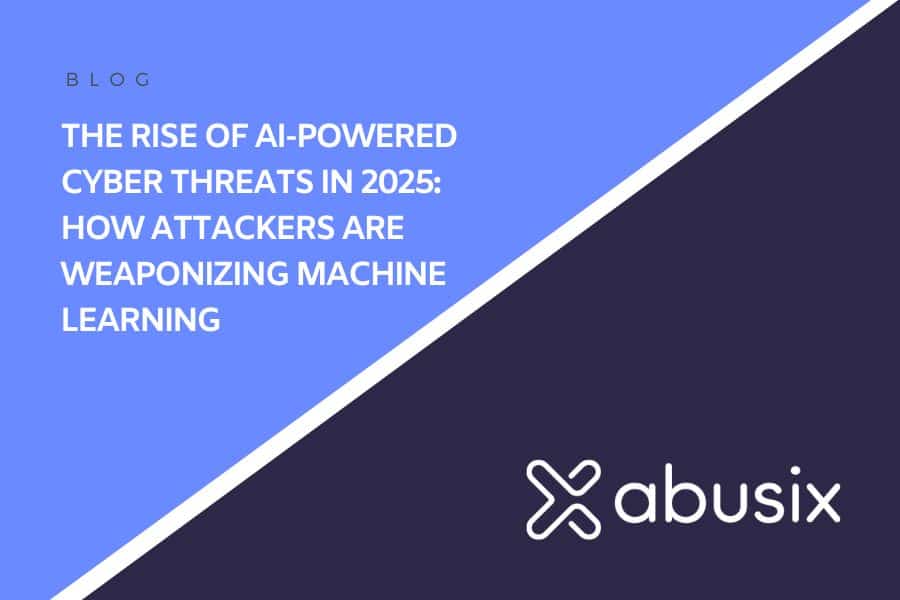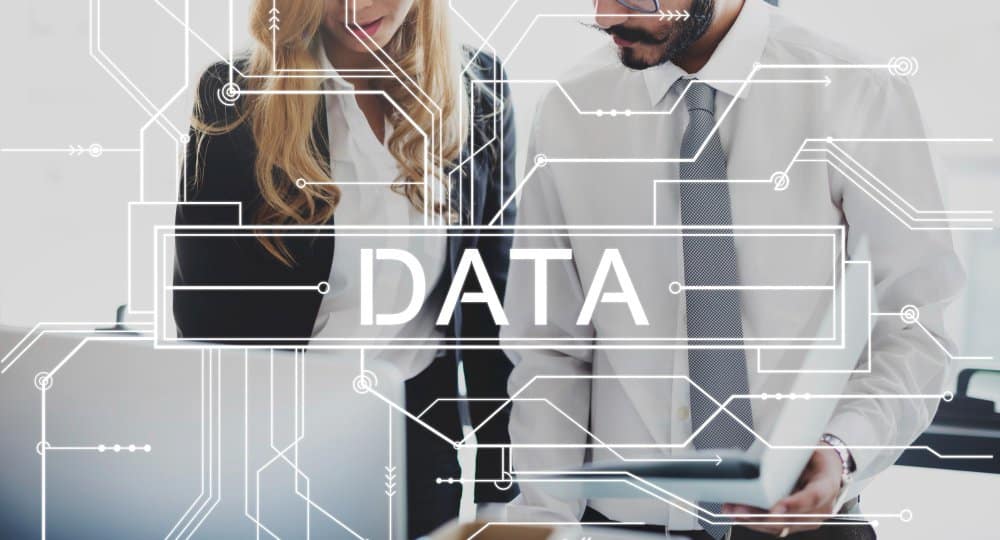The Rise of AI-Powered Cyber Threats in 2025: How Attackers Are Weaponizing Machine Learning
The cybersecurity landscape has always been a cat-and-mouse game, but in 2025, the stakes have never been higher. As artificial intelligence (AI) and machine learning (ML) continue to evolve, they are no longer just tools for cybersecurity professionals—they’ve become weapons in the hands of attackers.
AI: The New Cybercrime Enabler
For years, AI has been a force for good, helping organizations detect anomalies, automate security responses, and strengthen defenses. But cybercriminals have flipped the script, leveraging the same technology to supercharge their attacks.
What’s Changing?
- Hyper-Realistic Phishing Attacks – Forget the clunky, poorly worded phishing emails of the past. AI-driven phishing campaigns now generate perfectly tailored messages in real time, mimicking human speech patterns and even personalizing content based on publicly available data.
- Autonomous Malware – Attackers are deploying self-learning malware that adapts to environments, evades detection, and alters its behavior dynamically to bypass traditional security measures.
- Deepfake Social Engineering – AI-generated deepfake audio and video are being used to impersonate executives, tricking employees into transferring funds or disclosing sensitive data.
- AI-Powered Password Cracking – Machine learning models are crunching through vast datasets, predicting and breaking passwords faster than ever before.
The Evolution of Cybercrime-as-a-Service
The dark web has long been a marketplace for malware and stolen credentials, but in 2025, we’re seeing a surge in AI-powered Cybercrime-as-a-Service (CaaS). Even low-skilled hackers can now rent AI-driven attack tools, making sophisticated threats accessible to a wider pool of cybercriminals.
Some of the most concerning trends include:
- AI-Powered Ransomware-as-a-Service (RaaS) – Automated ransomware that selects high-value targets, customizes ransom demands, and negotiates payments using AI chatbots.
- AI-Penetration Testing Bots – Malicious actors deploying AI bots to scan for vulnerabilities, analyze defenses, and launch precision strikes.
- Voice and Video Spoofing Kits – Pre-packaged AI tools that generate convincing deepfake audio or video for fraud and impersonation scams.
Defensive AI: Fighting Fire with Fire
The cybersecurity industry isn’t sitting idle. In response to these AI-driven threats, security firms are developing AI-powered countermeasures. But the challenge is keeping pace with attackers who continuously refine their models.
Some of the most promising advancements include:
- AI-Based Behavioral Analytics – Instead of relying on static threat signatures, modern security solutions analyze behavioral patterns to detect anomalies in real time.
- Generative Adversarial Networks (GANs) for Threat Hunting – Security teams are using the same technology that powers deepfakes to identify synthetic threats and counteract them before they cause damage.
- Automated Incident Response – AI-driven security systems can respond to attacks autonomously, containing breaches faster than human teams ever could.

The Road Ahead: Adapt or Be Left Behind
The rise of AI-powered cyber threats is a wake-up call for businesses, governments, and individuals alike. Attackers are no longer lone wolves; they’re leveraging AI at an unprecedented scale, making traditional security approaches obsolete.
So, what can organizations do?
- Invest in AI-Powered Security – If attackers are using AI, defenders need to be one step ahead. Implementing machine learning-based security solutions is no longer optional—it’s a necessity.
- Strengthen Human-AI Collaboration – AI alone won’t stop cybercrime. Security teams must continuously train AI models while also staying vigilant against evolving attack tactics.
- Educate and Train Employees – With phishing attacks and deepfake scams becoming more convincing, employee awareness and skepticism are critical lines of defense.
Final Thoughts
AI is reshaping the cybersecurity battlefield, and attackers are wielding it with precision. The question isn’t whether AI-powered threats will impact your organization—it’s a matter of when and how prepared you’ll be. As 2025 unfolds, proactive defense strategies and AI-driven security measures will determine who stays ahead and who falls victim to the next wave of cybercrime.
Are your defenses ready for the future?




